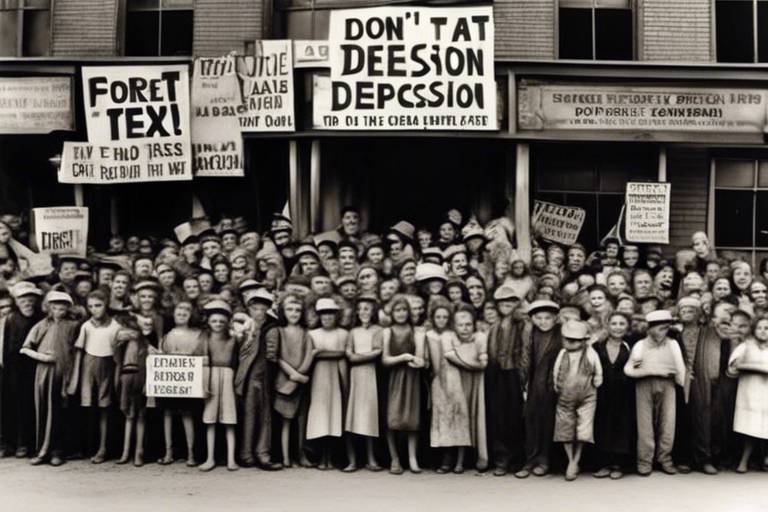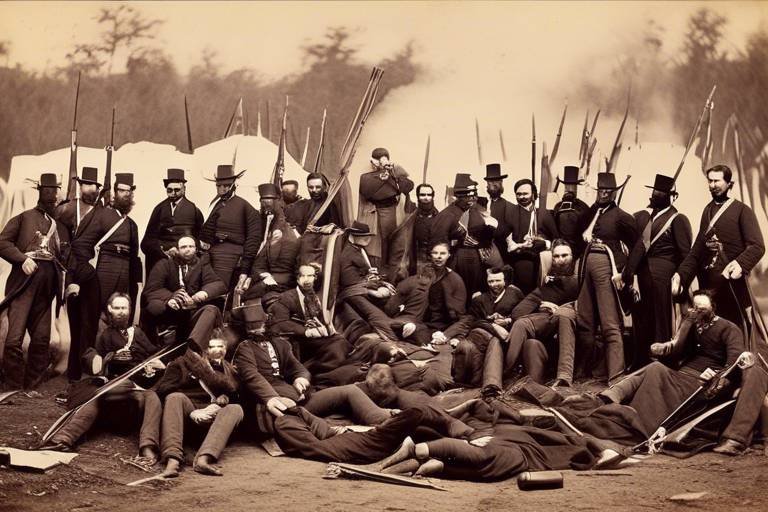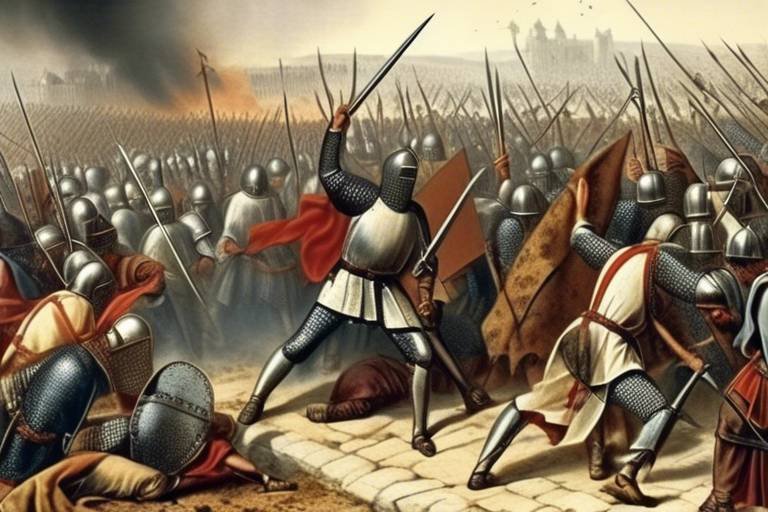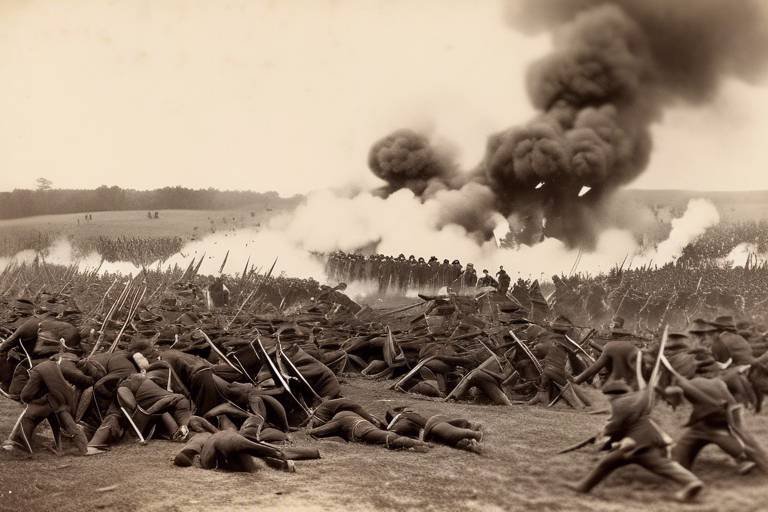The Role of Art and Literature in the Enlightenment
During the Enlightenment period, art and literature played pivotal roles in shaping the intellectual landscape of the 17th and 18th centuries. Artists and writers utilized their creative expressions to challenge existing norms, advocate for social change, and promote critical thinking among the masses. Through their works, they conveyed complex philosophical ideas and societal critiques, leaving a lasting impact on cultural development.
Artists of the Enlightenment era used their creations as a platform to challenge traditional beliefs and promote the values of reason, individualism, and progress. Paintings, sculptures, and architecture served as mediums through which artists expressed Enlightenment ideals, sparking intellectual discourse and redefining societal norms.
Literature, on the other hand, played a significant role in disseminating Enlightenment principles to a wider audience. Novels, essays, and plays became powerful tools for spreading ideas of rationalism, empiricism, and humanism, encouraging readers to question existing beliefs and institutions.
One of the key aspects of art and literature during the Enlightenment was their ability to convey symbolic meanings and allegorical representations. Symbolism and allegory were used to convey complex ideas and challenge prevailing power structures, prompting viewers and readers to engage in deeper intellectual reflection.
Enlightenment salons emerged as vibrant hubs for intellectual exchange, where artists, writers, and thinkers gathered to discuss ideas, share knowledge, and promote Enlightenment values. These gatherings played a crucial role in fostering creative expression and shaping the cultural and philosophical landscape of the era.
The legacy of the Enlightenment continues to inspire contemporary movements, emphasizing the importance of critical thinking, cultural innovation, and social progress. The artistic and literary achievements of the Enlightenment era serve as a reminder of the power of creativity in driving intellectual and societal change.

Artistic Expression
Exploring how art and literature contributed to the intellectual movement of the Enlightenment, shaping cultural and philosophical developments in society during the 17th and 18th centuries.
During the Enlightenment, artists wielded their brushes as swords, challenging the status quo and championing the values of reason, individualism, and progress. Through their masterpieces, they sparked a visual revolution that echoed the intellectual upheaval of the era. These artworks were not mere decorations but powerful tools of dissent and innovation, daring to defy traditional norms and ignite the flames of change.
Artists like Jacques-Louis David and William Hogarth used their canvases to depict scenes that questioned authority and celebrated the triumph of human intellect. Their paintings were not just aesthetic creations but bold statements that demanded contemplation and reflection. By infusing their art with revolutionary spirit, they inspired viewers to question the existing order and envision a brighter, more enlightened future.
In the realm of sculpture, artists like Jean-Antoine Houdon crafted statues that embodied the ideals of the Enlightenment. These sculptures were not static figures but dynamic representations of human potential and aspiration. Through their art, sculptors breathed life into marble, capturing the essence of the age's intellectual fervor and spirit of inquiry.
Furthermore, the use of light and shadow in Baroque art and the emphasis on nature in Romantic paintings served as visual metaphors for the Enlightenment's emphasis on clarity of thought and connection to the natural world. Artists skillfully employed symbolism and allegory to convey complex ideas, inviting viewers to delve beneath the surface and uncover deeper truths hidden within their works.
Artistic expression during the Enlightenment was not merely about aesthetics; it was a powerful tool for challenging conventions, stimulating intellectual debate, and inspiring societal transformation. Through their art, painters and sculptors became the vanguards of a new era, wielding their creativity as a force for change and enlightenment.

Literary Influence
During the Enlightenment period, literature played a pivotal role in shaping the intellectual landscape of Europe. Writers and thinkers utilized various literary forms, including novels, essays, and plays, to convey Enlightenment ideals and provoke critical thinking among the readers.
Novels emerged as a powerful medium for spreading Enlightenment philosophies to a wider audience. Through fictional narratives, authors could explore complex ideas and challenge societal norms. Works like Voltaire's "Candide" and Mary Shelley's "Frankenstein" exemplified the spirit of the Enlightenment by questioning traditional beliefs and advocating for reason and progress.
Essays also played a significant role in disseminating Enlightenment principles. Thinkers like John Locke and Montesquieu used essays to discuss political theories and advocate for individual rights and freedoms. Their writings influenced public opinion and contributed to the intellectual ferment of the era.
Furthermore, plays served as platforms for social critique and moral reflection. Playwrights such as Molière and Beaumarchais used theatrical performances to satirize the aristocracy, challenge religious dogma, and promote equality and justice. Through the dramatic form, they engaged audiences in critical discussions about the prevailing social order.
The literary works of the Enlightenment era not only entertained but also educated and inspired readers to question authority, embrace rationality, and strive for a more just and enlightened society. By harnessing the power of language and storytelling, writers became catalysts for change and progress, leaving a lasting impact on the cultural and intellectual landscape of Europe.

Philosophical Themes
Exploring how art and literature contributed to the intellectual movement of the Enlightenment, shaping cultural and philosophical developments in society during the 17th and 18th centuries.
Examining how artists used their work to challenge traditional norms and promote new ideas that reflected the values of reason, individualism, and progress during the Enlightenment.
Analyzing the impact of literary works, such as novels, essays, and plays, in spreading Enlightenment ideals and fostering critical thinking among readers across Europe.
During the Enlightenment, art and literature served as powerful mediums for conveying profound philosophical themes that reshaped the intellectual landscape of the era. Artists and writers delved into concepts like rationalism, empiricism, and humanism, challenging the prevailing beliefs of the time. Through their creations, they encouraged individuals to question established dogmas and embrace a more rational and human-centered worldview.
Exploring how artists and writers used their creations to critique social injustices, political corruption, and religious intolerance, advocating for reform and social change during the Enlightenment.
Investigating the use of symbolism and allegory in art and literature to convey complex ideas and challenge prevailing power structures, influencing public discourse and intellectual debates.
Examining the role of salons as hubs for intellectual exchange, where artists, writers, and thinkers gathered to discuss ideas, share knowledge, and promote Enlightenment values through creative expression.
Reflecting on how the artistic and literary achievements of the Enlightenment continue to inspire contemporary movements, fostering a legacy of critical thinking, cultural innovation, and social progress.
Q: How did art and literature contribute to shaping the Enlightenment?
A: Art and literature challenged traditional norms, promoted new ideas, and conveyed philosophical concepts that encouraged critical thinking and societal change.
Q: What role did Enlightenment salons play in fostering intellectual exchange?
A: Enlightenment salons served as platforms for artists, writers, and thinkers to engage in discussions, share knowledge, and promote Enlightenment values through creative expression.
Q: Why were symbolism and allegory important in conveying ideas during the Enlightenment?
A: Symbolism and allegory allowed artists and writers to communicate complex concepts, challenge existing power structures, and influence public discourse and intellectual debates.

Social Critique
Social critique during the Enlightenment period was a powerful tool used by artists and writers to shine a light on the injustices and inequalities prevalent in society. Through their creative works, they bravely exposed the flaws in the existing social structures, political systems, and religious dogmas of their time. These critiques were not merely attacks on the status quo but served as calls to action, urging individuals to question authority and advocate for change.
Artists like William Hogarth in his satirical paintings and Voltaire in his philosophical writings were at the forefront of critiquing the societal norms and challenging the established power dynamics. Their works were not only aesthetically pleasing but also intellectually stimulating, prompting viewers and readers to reflect on the flaws of their society.
Through the use of symbolism and allegory, artists conveyed deep messages about the need for social reform and the importance of equality and justice. Writers, on the other hand, penned novels and essays that exposed the hypocrisy of the ruling class and the suffering of the marginalized. These literary works acted as a mirror to society, forcing individuals to confront uncomfortable truths.
One of the most significant contributions of social critique during the Enlightenment was its role in sparking conversations and debates among the public. The art and literature of the time served as catalysts for intellectual discussions, pushing people to reevaluate their beliefs and values. This intellectual awakening paved the way for social movements and reforms that aimed to create a more just and equitable society.
In essence, social critique in art and literature during the Enlightenment was not just about pointing out the flaws in society but about igniting a spark of change. It challenged the status quo, questioned authority, and inspired individuals to strive for a better world. The legacy of these critiques continues to resonate today, reminding us of the power of art and literature in driving social progress and transformation.

Symbolism and Allegory
Symbolism and allegory played a significant role in the artistic and literary landscape of the Enlightenment era. Artists and writers utilized symbols and allegorical elements to convey deeper meanings and challenge conventional wisdom. Through intricate symbols and allegories, they were able to communicate complex ideas that sparked intellectual curiosity and critical thinking among the audience.
Symbolism in art often represented abstract concepts such as truth, justice, or liberty, using visual metaphors to provoke contemplation and reflection. Allegorical storytelling in literature, on the other hand, allowed authors to craft narratives with hidden meanings, inviting readers to decipher layers of symbolism and uncover profound truths about society and human nature.
By employing symbolism and allegory, artists and writers were able to subvert traditional narratives and question established power structures. These creative devices served as powerful tools for challenging the status quo and advocating for social change. Through symbolic imagery and allegorical storytelling, they stimulated dialogue, encouraged critical analysis, and inspired audiences to question the prevailing norms and values of their time.
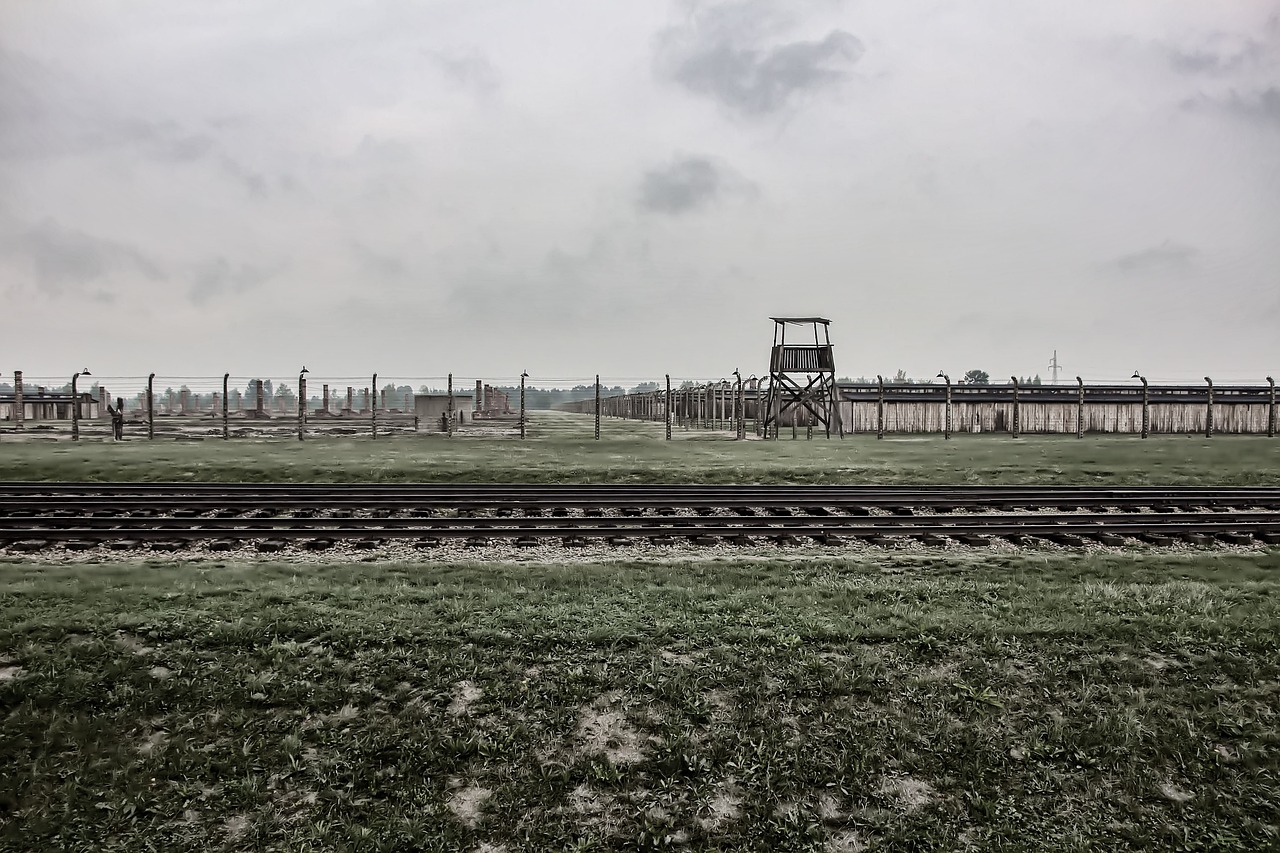
Enlightenment Salons
During the Enlightenment period, emerged as vibrant centers of intellectual exchange and creative collaboration. These salons served as gathering places for artists, writers, philosophers, and social reformers to engage in lively discussions, share ideas, and promote Enlightenment values. Imagine a bustling marketplace of ideas, where individuals from diverse backgrounds came together to challenge conventional wisdom and envision a more enlightened society.
Within the intimate setting of these salons, participants engaged in debates on a wide range of topics, including politics, philosophy, art, literature, and science. The free-flowing exchange of ideas and the spirit of open inquiry fostered a culture of intellectual curiosity and critical thinking. It was in these salons that new theories were proposed, innovative works were shared, and friendships were formed based on a shared commitment to advancing knowledge and promoting social progress.
Salon hosts, often influential women known as salonnières, played a crucial role in shaping the intellectual atmosphere of these gatherings. They curated guest lists, facilitated discussions, and set the tone for respectful dialogue and spirited debate. These salons were not just social gatherings but also incubators of creativity and catalysts for cultural change.
Through the exchange of ideas in Enlightenment salons, new perspectives emerged, old beliefs were challenged, and innovative solutions to societal problems were proposed. The legacy of these salons extends beyond their historical significance, influencing subsequent movements for social reform, artistic innovation, and intellectual inquiry.
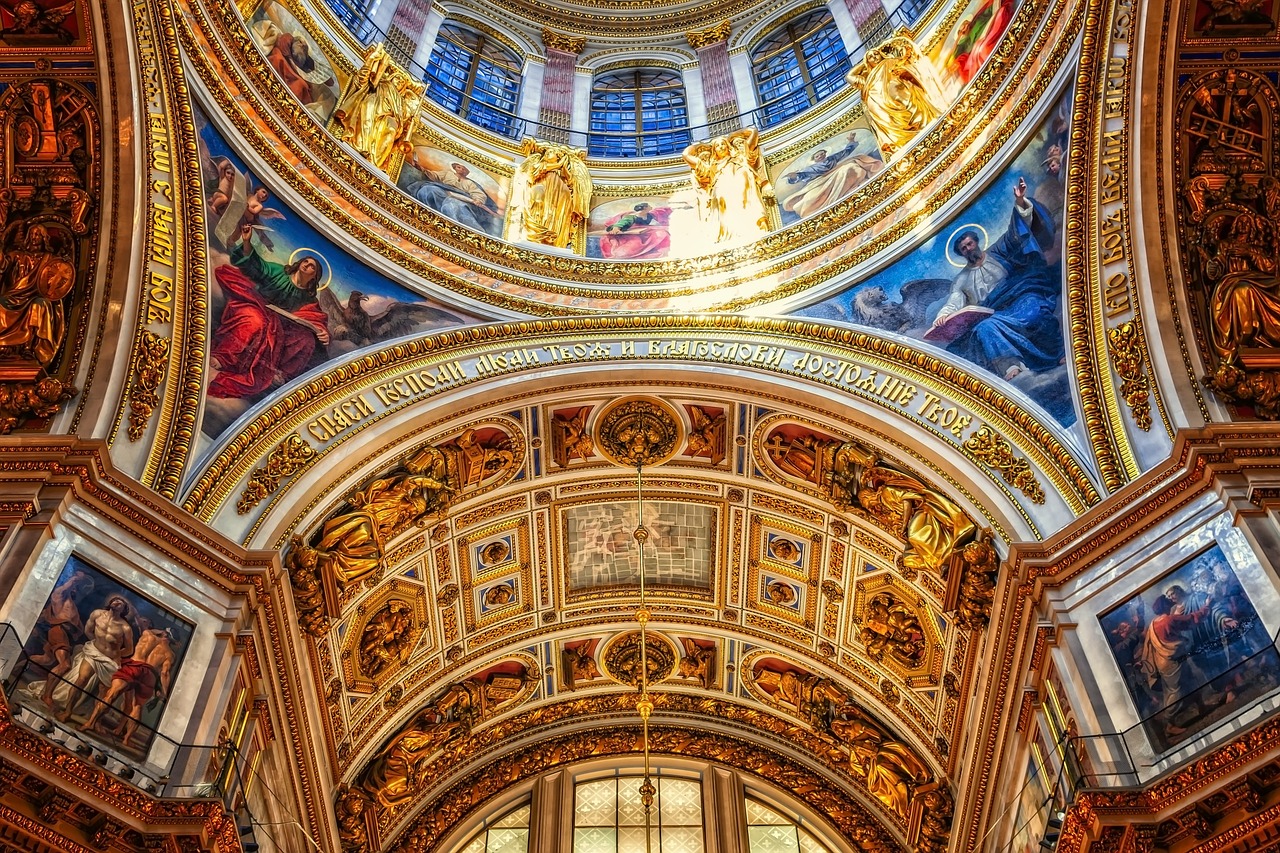
Legacy and Impact
The legacy of the Enlightenment period continues to resonate in contemporary society, leaving a profound impact on various aspects of culture, philosophy, and social progress. The artistic and literary achievements of this era have laid the foundation for critical thinking, innovation, and reform that shape our modern world.
Artists and writers of the Enlightenment era challenged conventional norms and sparked intellectual revolutions through their creative expressions. Their works not only reflected the values of reason, individualism, and progress but also inspired future generations to question authority and embrace change.
Literary masterpieces, such as novels, essays, and plays, served as vehicles for spreading Enlightenment ideals and fostering critical thinking among readers across Europe. These works encouraged individuals to reevaluate traditional beliefs and institutions, paving the way for intellectual liberation and social reform.
The philosophical themes conveyed through art and literature, including rationalism, empiricism, and humanism, continue to influence contemporary thought and discourse. The use of symbolism and allegory in creative works challenged prevailing power structures and stimulated intellectual debates, shaping public opinion and inspiring new perspectives.
Enlightenment salons played a crucial role in fostering intellectual exchange and promoting Enlightenment values through creative collaboration. These gatherings served as hubs for artists, writers, and thinkers to share ideas, challenge each other's perspectives, and advocate for social change, leaving a lasting impact on cultural innovation and societal progress.
In conclusion, the legacy of the Enlightenment era endures as a testament to the power of art and literature in shaping intellectual movements and fostering social change. The impact of this period continues to inspire contemporary movements, encouraging critical thinking, cultural innovation, and the pursuit of social progress in our ever-evolving world.
Frequently Asked Questions
- What role did art play in the Enlightenment?
Art in the Enlightenment served as a powerful tool for challenging traditional beliefs and promoting new ideas centered around reason, individualism, and progress. Artists used their work to convey philosophical concepts and critique social injustices, contributing to the intellectual movement of the time.
- How did literature influence Enlightenment thinking?
Literature played a crucial role in spreading Enlightenment ideals through novels, essays, and plays that encouraged critical thinking and reflection. Writers used their works to advocate for social change, question political corruption, and inspire readers to reevaluate existing societal norms.
- What were some common themes in Enlightenment art and literature?
Enlightenment art and literature often explored themes of rationalism, empiricism, humanism, and social critique. Symbolism and allegory were frequently used to convey complex ideas and challenge prevailing power structures, sparking intellectual debates and influencing public discourse.
- Why were Enlightenment salons significant?
Enlightenment salons served as vital hubs for intellectual exchange, where artists, writers, and thinkers gathered to discuss ideas, share knowledge, and promote Enlightenment values. These gatherings fostered creativity, innovation, and the dissemination of progressive ideals throughout Europe.
- What is the lasting impact of Enlightenment art and literature?
The artistic and literary achievements of the Enlightenment continue to inspire contemporary movements by fostering critical thinking, cultural innovation, and social progress. The legacy of Enlightenment thought remains relevant in shaping modern society and advocating for positive change.





